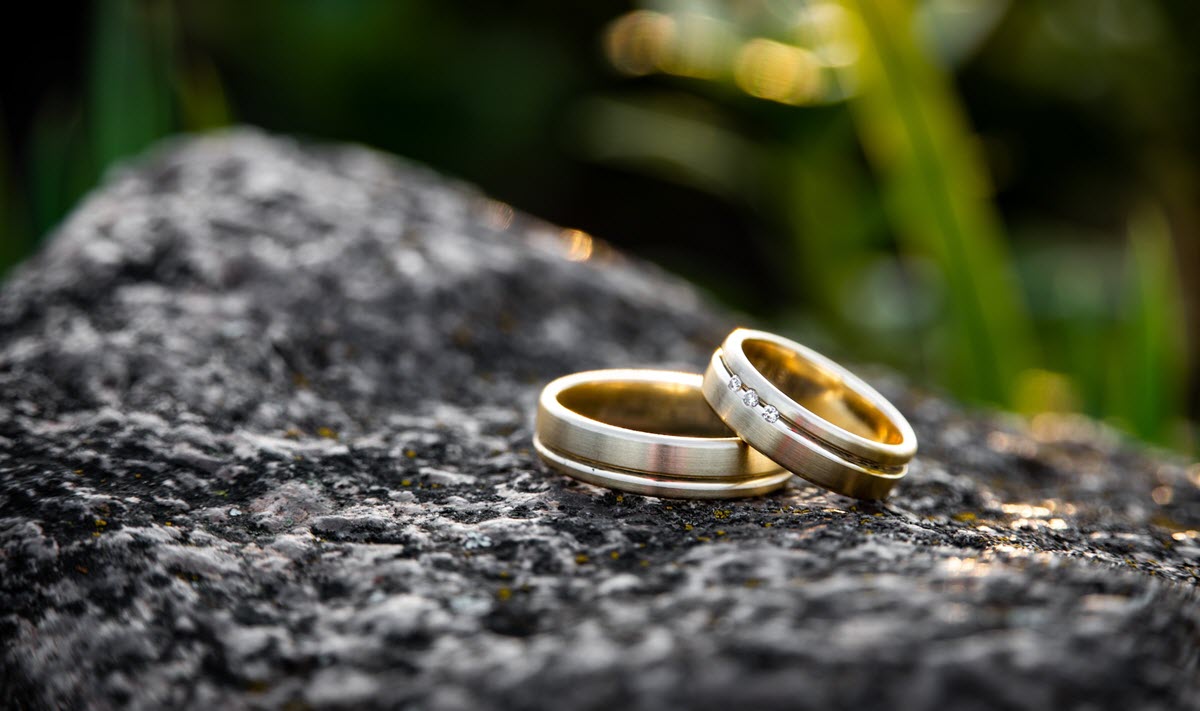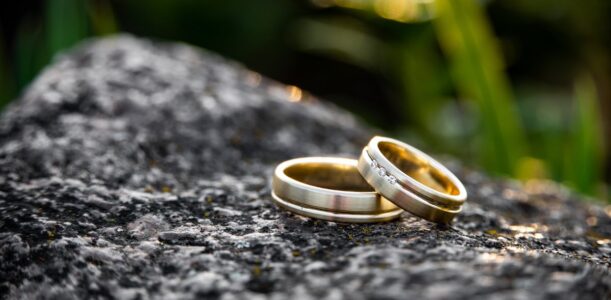Wedding rings are an integral part of the marriage ceremony and the ultimate symbol of love between two people. It is important to choose beautiful wedding rings onhttps://chuvstvarings.comthat will stay with you for life. This guide to engagement rings will help you sort out the various considerations you should take into account when deciding which rings will work best for you.
Content
What metals can I choose?
When it comes to choosing a metal for your engagement rings, experts recommend 18k gold and platinum because of their outstanding strength, repairability, and, of course, timeless beauty. If you have sensitive skin, the best choice for you is platinum or titanium, which are 100% hypoallergenic.
Here are a few metal options that are perfect for engagement rings.
1. Gold
18K gold comes in three colors: white, yellow, and pink. All 18k gold is 75% pure gold, with the remaining 25% made up of a combination of different metals that provide extra strength and create the color of choice.
White gold undergoes an additional process to enhance its color when it is coated with a white metal called rhodium to hide the yellowish tones created by the gold content. This coating wears off over time and needs to be renewed every 6 to 18 months for optimal brightness. Rose and yellow gold are not coated because the gold content creates the corresponding colors.
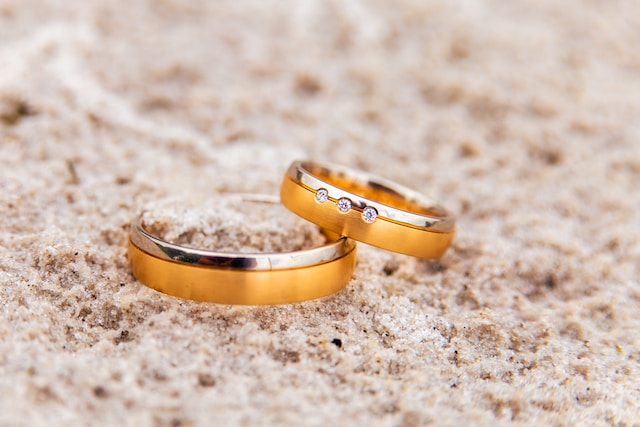
Gold rings can also be made with less gold. 9K gold is available in the same color options as 18K gold (white, yellow, and pink) and is slightly cheaper than 18K gold due to its lower clarity. 9K gold can be more brittle than 18K gold and is more susceptible to cracking. It is important to evaluate the suitability of using 9k gold for engagement rings depending on your lifestyle.
2. Platinum
Platinum is a white metal that looks like a white gold ring with a new coating. It does not require coating and will not lose its color over time. Containing 95% pure platinum and only 5% other metals, it is noticeably heavier than an 18k gold ring. Although platinum is more expensive than 18k gold, its ability to retain its brightness over time makes platinum a popular material for engagement rings.
3. Combination of metals
Some engagement ring designs include two or more gold colors as design accents. Combining different colors together can create a striking design feature or pattern.
4. Alternative metals
Titanium and zirconium are two other metals that have gained popularity in the engagement ring market in recent years. Titanium is a light but durable metal with a dark gray color, often described as a metallic gray.
Zirconium is a metal with properties similar to titanium, except that exposure to high temperatures causes the surface to turn black. Other "black" rings have a coating or electroplating that is unfortunately short-lived in everyday wear, so zirconium's inherent blackening ability makes it superior to other alternative black ring options. The black color of zirconium is caused by an oxidation reaction on the surface of the metal, so keep in mind that deep scratches can reveal dark gray metal beneath the surface.
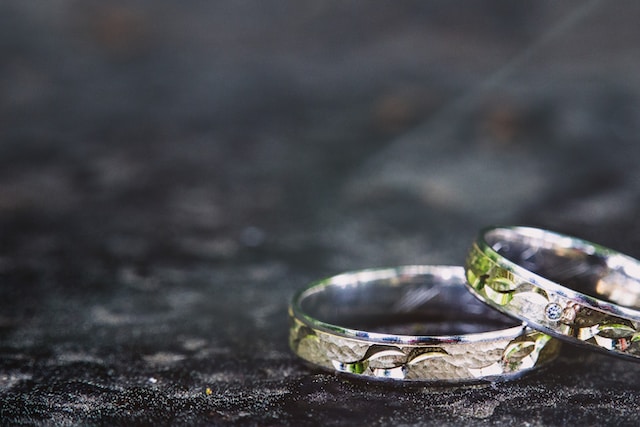
While titanium and zirconium are more affordable than gold and platinum, they cannot be resized and, in most cases, cannot be repaired if damaged, so please consider these options with caution.
wedding ring thickness
The thickness of the wedding ring is one of the important aspects that newlyweds consider when choosing their symbol of love and making a marriage commitment. This characteristic determines the physical strength and visual aspect of the ring, which makes it even more significant.
The thickness of the wedding ring can be different and depends on the preferences and tastes of each couple. Some prefer thinner and more graceful rings that gently wrap around the finger, giving it a sophisticated look. These rings usually have a narrower and thinner shape, which gives them grace and elegance.
Other newlyweds, on the contrary, prefer more massive and noticeable wedding rings. Thick rings can be majestic and impressive, giving the impression of strength and confidence. Sometimes the thickness of a ring can be related to its material – for example, engagement rings made of titanium or tungsten usually have a thicker construction than rings made of gold or silver.
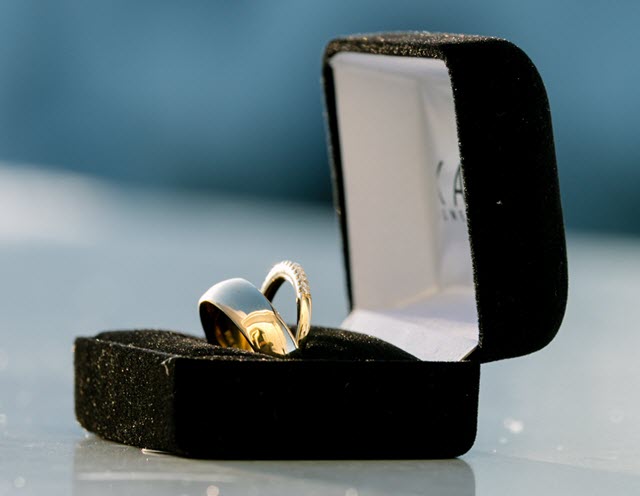
However, it should be noted that the thickness of an engagement ring is not the only factor that determines its quality. Material, design, finishes and inlays also play an important role. Ultimately, the most important thing is the meaning that a couple attaches to their engagement rings, as they symbolize the love, commitment, and commitment they make before the wedding.
The thickness of the wedding ring is an individual decision for each couple. Each pair has its own unique preferences and style, and choosing the thickness of the ring is an important part of this process. Certainly, regardless of the thickness, the wedding ring becomes a symbol of mutual love and a strong bond between two people, and this symbol is valued and endured throughout life in marriage.

